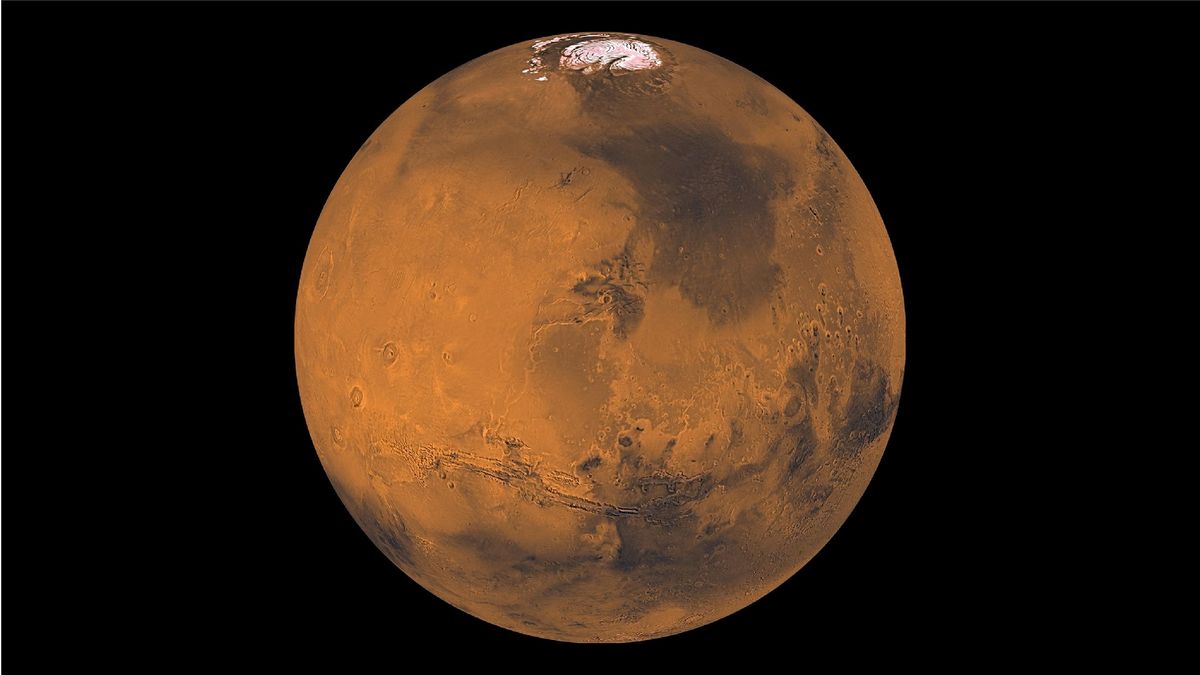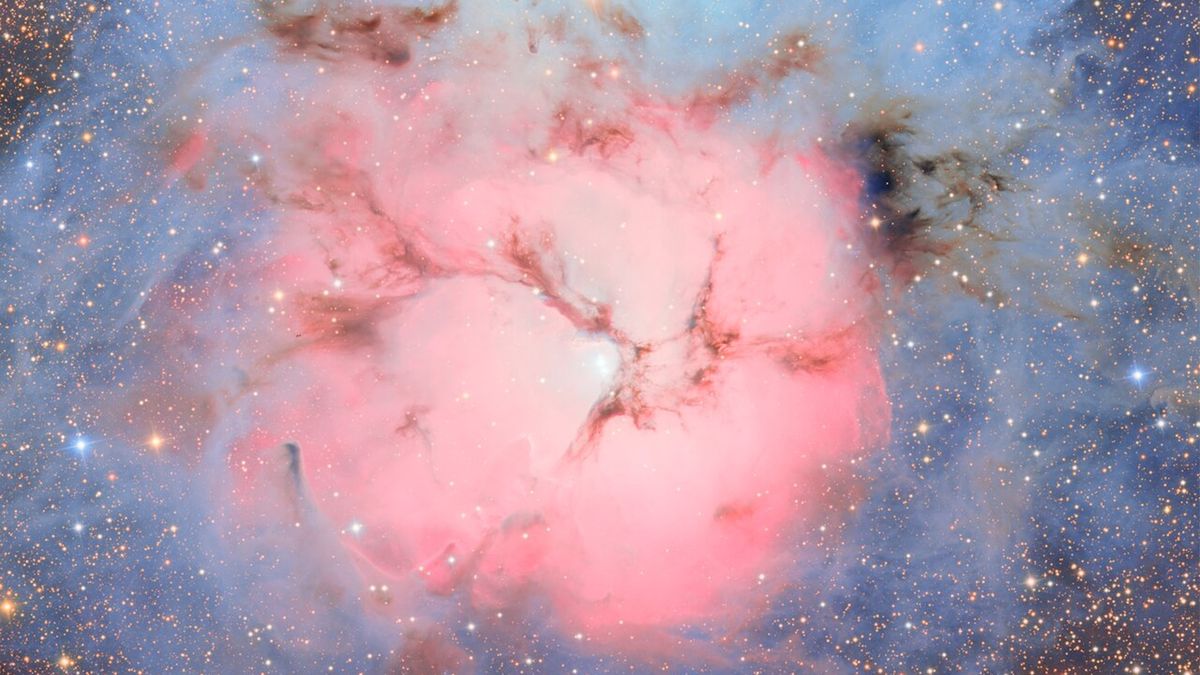Now Reading: Does Mars Have Its Own Moon?
-
01
Does Mars Have Its Own Moon?
Does Mars Have Its Own Moon?

Quick Summary
- Mars has two moons: phobos and Deimos, discovered in 1877 by American astronomer Asaph Hall.
- These moons are named after the “terror” and “panic” twins from Greek mythology.
- Both are among the smallest moons in the solar system, with Phobos measuring about 14 miles (22 km) across and Deimos about 7 miles (12 km) across on average. They are irregularly shaped, resembling bumpy potatoes.
- Scientists debate their origins; possible theories include asteroid capture by Mars or formation from debris caused by a massive collision involving Mars.
- Spectral analyses offer mixed evidence: similarities to asteroids but challenges in explaining gravitational capture due to Mars’ relatively weak gravitational pull. Their differing compositions further complicate hypotheses.
- The upcoming Martian Moons Exploration (MMX) mission by JAXA, launching in 2026, will study Phobos and Deimos closely, potentially returning a sample from Phobos for analysis to determine its origin.
Image of Mars
Credit: NASA/JPL-Caltech/USGS
Image of Phobos and Deimos
Credit: NASA/JPL-Caltech/University of Arizona
Indian opinion Analysis
Mars’ tiny moons-Phobos and Deimos-offer significant implications for planetary science that could extend beyond academia. If these moons originated from chunks of early mars following a collision event, they might hold clues about whether ancient Mars was hospitable to life-a topic frequently enough tied to broader extraterrestrial exploration ambitions globally. IndiaS increasing engagement with space missions brings this into focus amid international efforts like JAXA’s MMX mission.
For India’s scientific community and ISRO’s growing capabilities specifically related to interplanetary research (e.g., MOM missions), such studies reinforce opportunities for collaborations targeting lunar bodies or asteroid-like structures within our solar system. Strengthening ties with agencies like JAXA could model forward-thinking strategies as regional interest around planetary samples accelerates globally. Without speculation on outcomes here-it remains essential groundwork pushing humanity’s cosmic frontiers outward systematically while answering terrestrial curiosity firmly grounded better over time examining dynamics & yield thereby neutral markers ahead distribute cosmic returns efficiently maximizing best aligned future-ready options further extending applied acumen tech depth towards collective explorations ambitiously..



























